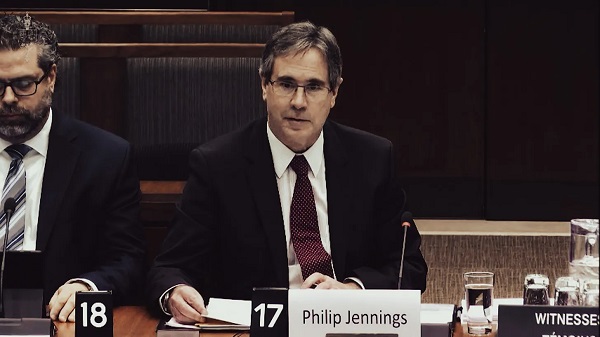Opinion
In Touch With Red Deer – Mountain View Conservative M.P. Earl Dreeshen
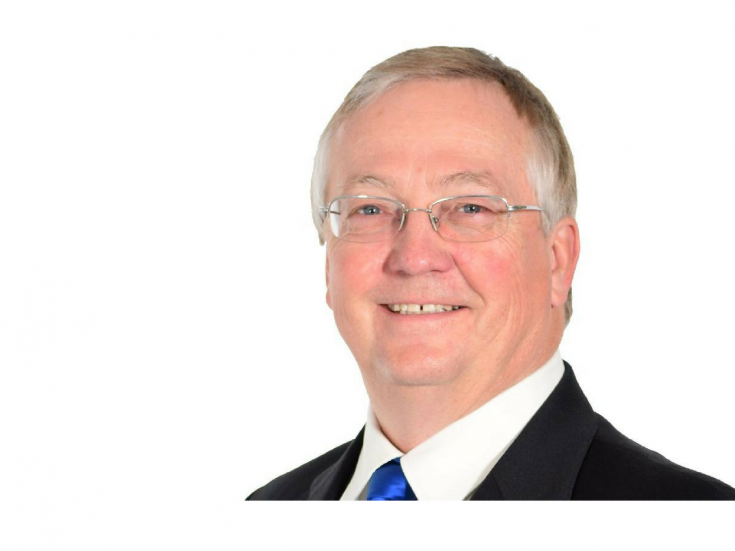
In Touch with MP Earl Dreeshen
I hope everyone is able to enjoy the Easter Holiday with loved ones. I am looking forward to spending the next two weeks in the riding as Parliament takes a constituency break. But before that, there are a few items of local interest that I wanted to update you on.
Sheraton Celebrity Dance Off Huge Success
My wife Judy and I were honoured to attend the 2017 Sheraton Celebrity Dance Off. It is incredible to see the community come together for this annual event and support worthy community causes. This year they raised money for the Central Alberta Child Advocacy Centre and Central Alberta Sexual Assault Support Centre.
On behalf of the community I would like to thank the tireless organizers and this year’s tremendous partner Sheldon Kennedy. The event also featured incredible support from celebrity guest judges, Conservative Party Interim Leader Rona Ambrose, professional bull rider Cody Snyder, and CFL star Rob Cote. Congratulations to the winners this year Karen Goranson and Mr. Dale Tosczak.
Deferred Cash Purchase Tickets for Grain Growers
The Liberals have announced in the recent budget that they will be seeking feedback on the grain growers cash ticket deferral program with an eye on eliminating it.
The tickets allow grain farmers flexibility to deal with the unpredictable nature of the business. There are many factors beyond their control including weather, international prices and transportation of goods. Stakeholder “consultations” will be open until May 24th. It is important to make your voice heard if losing this program will affect your farm by emailing [email protected] and copying my office at [email protected].
Carbon Tax Survey
Recently the Red Deer Chamber of Commerce released the results to their carbon tax survey which sought feedback from their member businesses. The results showed that 75 % of businesses are seeing higher costs from vendors and suppliers due to the new tax. The result is higher prices for consumers, declining investments, and reduced hours, wages, and positions for staff. More results from the survey can be found here www.reddeerchamber.com/news/details/chamber-releases-results-of-carbon-tax-survey
This is a result of the $20 price on carbon from the Government of Alberta. Within a few years, Justin Trudeau’s Liberals will be hiking the tax to $50 per tonne and would have to rise to $220 per tonne to meet the Liberal Government’s commitment to 2030 and would have to raise to $300 by 2050.
Mobile Office Update
For the next Mobile Office I will be in Elnora at the Library from 10-12 and in Delburne at the Municipal Office from 1-3 pm on April 19th. Please feel free to bring any questions or comments to me and my staff at that time.
Sincerely your Member of Parliament,
Earl Dreeshen
National
Eco-radical Canadian Cabinet minister resigns after oil deal approved

From LifeSiteNews
Steven Guilbeault, a Quebec MP who had formerly served as Justin Trudeau’s Minister of Environment, said he was leaving the Cabinet because his ‘climate’ policies were being abandoned.
One of Canada’s most radical environmentalist politicians has resigned from Prime Minister Mark Carney’s Cabinet.
Steven Guilbeault, until recently the Culture Minister, quit his position after the federal government struck a deal with the province of Alberta that relaxes environmental regulations and allows the construction of a new oil pipeline.
On Thursday, November 27, Guilbeault, a Quebec MP who had served as former Prime Minister Justin Trudeau’s Minister of Environment, said he was stepping down because his “climate” policies were being abandoned.
“This afternoon, it is with great sadness that I submitted my resignation to the Prime Minister as Minister of Canadian Identity and Culture and Minister responsible for Official Languages, Minister of Nature and Parks Canada, as well as his Lieutenant in Quebec,” he said in a statement.
“When I entered politics, it was because I had a deep conviction that I could make a difference in fighting climate change and protecting our environment. My commitment to leaving a better world for the future of our children and our planet remains unchanged.”
Alberta Premier Danielle Smith and Prime Minister Mark Carney signed on Thursday a memorandum of understanding (MOU) which will let Alberta build an oil pipeline to the coast of British Columbia. It also lessens tanker restrictions and allows Albertan oil to be sold on Asian markets. The pipeline still faces opposition from British Columbia’s ruling New Democratic Party government.
The MOU agreement changes a host of other green-related initiatives that Guilbeault had a hand in, such as imposing an emissions cap on the oil and gas sector and new Clean Electricity Regulations. Under the deal, Alberta will be exempt from these radical environmental regulations.
Premier Smith has been battling Guilbeault over his extreme climate change policies for years now. She said of the recent MOU that, although it’s a “massive win for Alberta and Canada, we will still hold the federal government accountable for keeping their end of the bargain.”
“There’s a lot of work left to do so let’s roll up our sleeves and get the job done, Alberta!” she stated.
Smith has repeatedly defended Alberta from Trudeau-era climate regulations and asserted Alberta’s right to control its power grid, also promising the province will not be “transitioning away” from oil and natural gas. She had called on the then-prime minster to replace Guilbeault because he was too “extreme.” Last year, Smith blasted the Minister after he said the federal government would no longer fund road construction projects and instead funnel the savings to “climate change” projects.
Alberta does have support from the Supreme Court, however, which recently sided in favor of provincial autonomy when it comes to natural resources. The Supreme Court ruled that Trudeau’s law, C-69, dubbed the “no-more pipelines” bill, is “mostly unconstitutional.” This was a huge win for Alberta and Saskatchewan, who challenged the law in court. The decision returned authority over the pipelines to provincial governments, meaning oil and gas projects headed up by the provinces should be allowed to proceed without federal intrusion.
Guilbeault’s extreme eco-activist past
Guilbeault, under Trudeau’s watch, pushed a radical environmental agenda similar to the World Economic Forum’s “Great Reset” and the United Nations’ “Sustainable Development Goals.”
He was as extreme as they come for an environment minister, and his background shows a history of breaking the law for ideological aims. In 1997, he joined Greenpeace and served for a time as a director and then campaign manager of its Quebec chapter for a decade.
He was arrested many times for environmental protests, the most famous arrest coming after an incident in 2001 when he climbed Toronto’s CN Tower with British activist Chris Holden. The pair hung a banner saying “Canada and Bush — Climate Killers.”
Greenpeace is a group that advocates for population control in addition to calling for an end to all oil and gas.
His extreme ideals continued in his role as environment minister. He threatened Saskatchewan Premier Scott Moe, who said that his province would no longer collect a federally imposed carbon tax on electric heat in addition to natural gas, with arrest and jail.
While Minister of Environment, Guilbeault was hoped to create a new “global’ carbon tax applied to all goods shipped internationally that could further drive-up prices for families already struggling with inflated costs.
The reduction and eventual elimination of the use of so-called “fossil fuels” and a transition to unreliable “green” energy has also been pushed by the World Economic Forum – the globalist group behind the socialist “Great Reset” agenda – an organization in which Trudeau and some of his cabinet have been involved.
The reality of Trudeau’s, and then Carney’s push, for so-called renewable energy showed itself just over a month ago when Alberta’s power grid faced near certain collapse due to a failure of wind and solar power.
Daily Caller
John Kerry Lurches Back Onto Global Stage For One Final Gasp
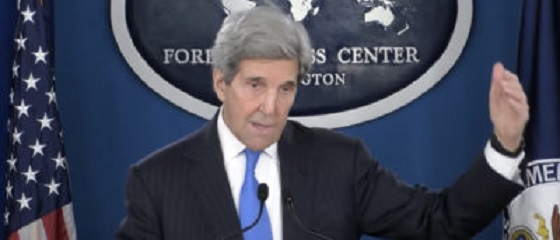

From the Daily Caller News Foundation
John Kerry, one of the grandest and most persistent climate scolds of the 21stcentury, lurched back into the news this week when he was knighted by Britain’s King Charles, a prominent climate scold in his own right.
In fact, their shared efforts involving flying off on carbon-spewing private jets to lecture the masses to live smaller, more costly lives in the name of fighting climate change was the motivation for the award, as the King thanked Kerry for his “services to tackling climate change.” That seems to be a bit of a grammatical error, but when royalty is involved, no one really cares, do they?
“King Charles and I share the same point of view — that there’s an urgency to doing things,” Kerry told the Globe in an interview. “He’s been ahead of most folks on this from the time I can remember… He always had a commitment to nature.”
Unfortunately for the U.K.’s citizens, the Labour government’s “commitment to nature” mainly appears to involve covering thousands of acres of bucolic British farmland with massive solar arrays and felling thousands of forest trees to make home to big wind installations these days.
Projects like those – frequently forced by the central government on objecting rural communities – form the centerpiece of Secretary of State for Energy Security and Net Zero Ed Miliband’s program to deindustrialize the formerly formidable British economy.
That program – based on the shared philosophy of King Charles and Kerry – has sent the U.K.’s utility rates skyrocketing to the highest on earth. It has also rendered the former global power dependent on imports from foreign nations for its energy security, with China the most prominent among them.
Such are the fruits of the King Charles/Kerry “point of view.” Most would agree with Kerry’s statement that “there’s an urgency to doing things.” The problem is that pretty much everything he and the King have been doing in this realm across the first quarter of the 21st century leads inevitably to serfdom to the Chinese Communist Party.
In an interview with the Financial Times the same day, Kerry repeated much of the tiresome dogma of his alarmist religion, in the process excoriating President Donald Trump as a “denier” and calling U.S. corporate leaders cowards for straying from the narrative he and the King prefer. “It is not that they don’t believe [in climate change] or they don’t want to move forward. They are just scared,” Kerry said of the corporate CEOs, adding, “The process of Donald Trump in the last months, coupled with the justice department, coupled with his vengeance programs, has scared… a lot of people.”
But a more believable alternative explanation for the shift away from the twin manias of ESG and DEI by many companies in recent years is that these corporate leaders have a fiduciary duty to maximize returns on capital to their investors. The problem for Kerry and his disciples is that the preferred alternatives they have advanced too often devolved into unprofitable boondoggles that fail to satisfy that duty. Kerry wants to place the entire blame on Trump – who, ironically, was recently honored by King Charles himself with an unprecedented second state dinner. But the truth is that shift started in earnest in 2023, when Joe Biden’s autopen was still in charge of the ship of American state.
That shift has certainly accelerated this year, as companies have been freed from the incessant hectoring of the Biden government and are now being denied access to the ruinous green subsidies from the IRA that so radically distorted energy markets. This has little to do with climate denialism or cowardice and much to do with sound business practice and CEOs properly carrying out the mandates of their high positions. No amount of hyperbolic talking points from Kerry or the King can change that reality.
In the end, Kerry’s remarks come off as a lot of sound and fury signifying nothing. Now in the twilight of his career, he has become a relic, a totem of a fading global religion whose end cannot come soon enough.
David Blackmon is an energy writer and consultant based in Texas. He spent 40 years in the oil and gas business, where he specialized in public policy and communications.
-

 Alberta2 days ago
Alberta2 days agoFrom Underdog to Top Broodmare
-
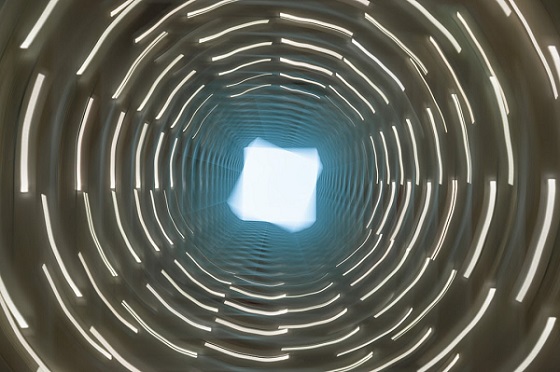
 Opinion18 hours ago
Opinion18 hours agoLandmark 2025 Study Says Near-Death Experiences Can’t Be Explained Away
-

 Focal Points19 hours ago
Focal Points19 hours agoSTUDY: TikTok, Instagram, and YouTube Shorts Induce Measurable “Brain Rot”
-
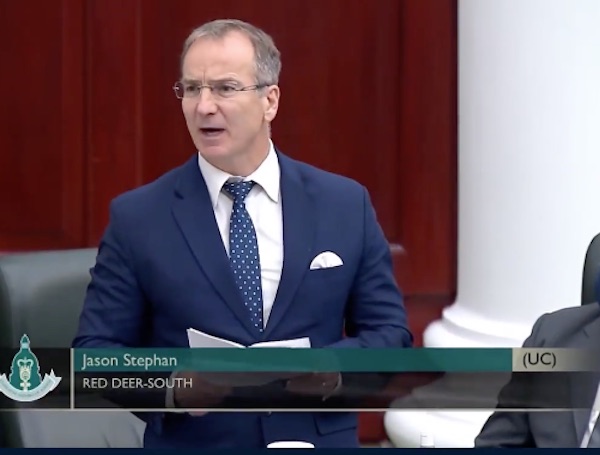
 Alberta17 hours ago
Alberta17 hours agoRed Deer’s Jason Stephan calls for citizen-led referendum on late-term abortion ban in Alberta
-

 Health20 hours ago
Health20 hours agoTens of thousands are dying on waiting lists following decades of media reluctance to debate healthcare
-

 Indigenous16 hours ago
Indigenous16 hours agoIndigenous activist wins landmark court ruling for financial transparency
-

 Business15 hours ago
Business15 hours agoMan overboard as HMCS Carney lists to the right
-
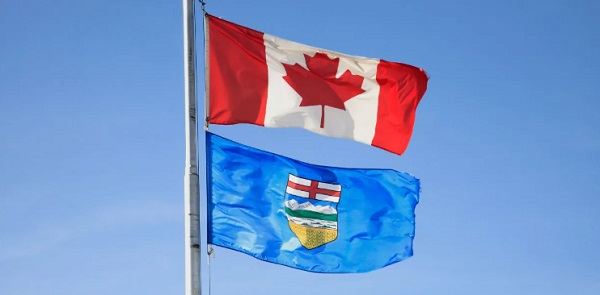
 Alberta16 hours ago
Alberta16 hours agoCarney forces Alberta to pay a steep price for the West Coast Pipeline MOU



